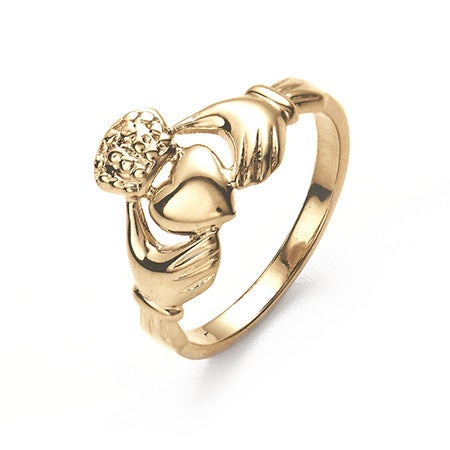

There, he worked to melt the gold that the pirates plundered.

The pirates forced Richard to join their band, after which the young fisherman ended up becoming a slave in Algiers.

On boarding Richard’s boat, the pirates found a few fishes and held him as hostage. Richard Joyce, a young fisherman from the village, went out for this fishing expedition when a gang of Moorish pirates captured him. However, the sea was fraught with dangers there were bands of pirates along with high tides and strong currents. Traditionally, men of the village would sail out into the sea to catch fish for food meant for their families. Legend Has It…Īccording to legend, the story of the Claddagh cross began in a small fishing village in Ireland called Claddagh, which is located just on the outskirts of the city of Galway. The word is now more commonly pronounced without the ‘gaelic touch’ as. The gaelic spelling of the word tells us that ‘Cladach’ was originally pronounced and sounded out with a hard, guttural ending common to Irish words. Here’s how to pronounce this Gaelic word: Claddagh In Roman culture, people would clasp hands whenever they made a pledge. Mani in fede is Italian for “hands joined in faith” (or “…in loyalty”, “…in trust”) and refers to the bezel of the ring being shaped like clasped hands. The Claddagh ring may be classified as a “fede ring” - a design basically invented by the ancient Romans. Bing Crosby sang about it in the lovely song, Galway Bay. One of the oldest fishing towns in Ireland, nothing now remains of the old thatched cottages that graced Claddagh until the 1930s, when they were replaced by council houses and other more modern homes, and yet the memory of the small Irish-speaking town’s traditions and customs still lives on. The town itself is named after the stoney seashore on which it was built. The word Claddagh is the anglicized form of the gaelic ‘Cladach’, old-Irish for ‘flat stony shore’, and comes from the ancient fishing village of Claddagh, in Co. The heart at the center of the design is symbolic of love, the hands around it symbolize friendship, while the crowns represent everlasting loyalty. The Claddagh Cross is a 16th century Irish symbol of eternal love and friendship.

Sometimes confused with Celtic Crosses, which depict the Celtic Circle of Everlasting Life, the Claddagh Cross hosts a Claddagh Ring. Claddagh Crosses are of Irish origin worn as jewelry, and also seen in engravings and art forms.


 0 kommentar(er)
0 kommentar(er)
